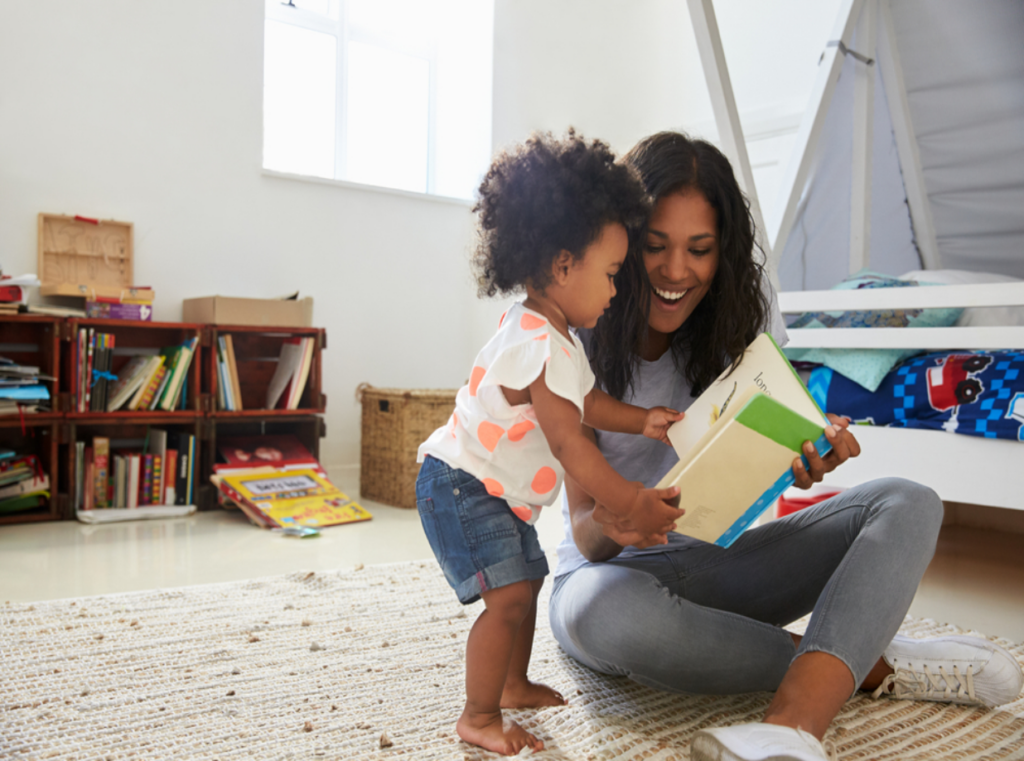As parents and educators, we all want to give children the best foundation for lifelong learning. One of the most essential skills to cultivate early is critical thinking, the ability to analyze, question, and solve problems creatively. But how do you teach such a complex skill to children as young as 3 to 6 years old?

The answer lies in engaging, age-appropriate resources that make learning fun while sharpening young minds. Here, we’ll explore the best critical thinking tools for preschoolers and kindergarteners, helping them develop logic, reasoning, and curiosity in an exciting way!
Why Critical Thinking Matters for Young Children
Before diving into resources, let’s understand why fostering critical thinking early is crucial:
✅ Boosts Problem-Solving Skills – Kids learn to approach challenges methodically.
✅ Encourages Creativity – They explore multiple solutions instead of just one “right” answer.
✅ Builds Confidence – Independent thinking helps them trust their decisions.
✅ Prepares for School & Life – Strong reasoning skills support future academic success.
Here Are Top 5 Critical Thinking Resources for Kids (Ages 3-6)
1. Puzzles & Brain Teasers:
Puzzles are a fantastic way to develop logical reasoning and spatial awareness. Opt for:
– Wooden shape-sorting puzzles (ages 3-4)
– Jigsaw puzzles with increasing difficulty (ages 4-6)
– Pattern blocks for creative problem-solving.
2. Interactive Storybooks with Questions:
Books that prompt children to predict, infer, and analyze stories strengthen comprehension and reasoning.
3. Open-Ended Building Toys:
Construction toys allow kids to experiment, test ideas, and problem-solve in a hands-on way. Benefits include:
– Improving fine motor skills
– Encouraging trial-and-error learning
-Promoting imaginative play
4. Logic Games & Board Games:
Games designed for young children reinforce strategic thinking and decision-making. Top picks: Chess, Monopoly, Scrabble, etc.
5. Question-Based Learning Activities:
Instead of giving direct answers, encourage curiosity with open-ended questions like:
– Why do you think the ice melted?
– How could we make this tower stronger?
– What would happen if we mixed these colors?
How to Choose the Right Critical Thinking Resource
With so many options, here’s what to consider when picking a tool for your child:
✔ Age-Appropriateness – The activity should match their developmental stage.
✔ Engagement Factor – Kids learn best when they’re having fun!
✔ Hands-On Learning – Manipulative (building blocks, puzzles) enhance understanding.
✔ Encourages Trial & Error – Let them experiment without fear of falling.
Critical thinking isn’t just for older kids, starting early sets the stage for smarter, more confident learners. By incorporating puzzles, interactive books, building toys, logic games, and thought-provoking questions, you’re giving your child the tools to think deeply, solve problems, and embrace curiosity.
Ready to boost your child’s critical thinking skills? Explore our recommended resources and watch their little minds grow!
📌 Follow us for more expert tips on early childhood development!
